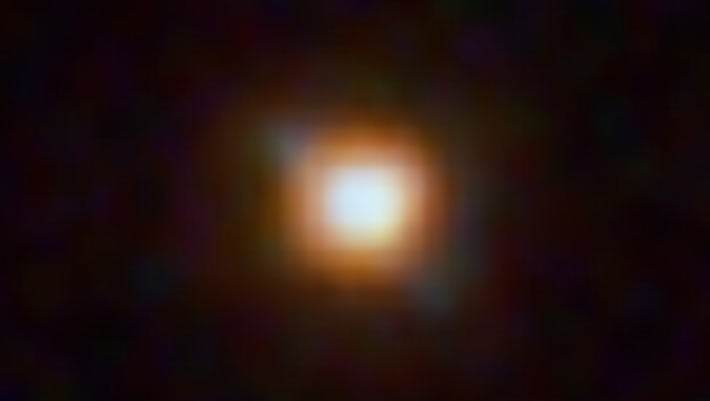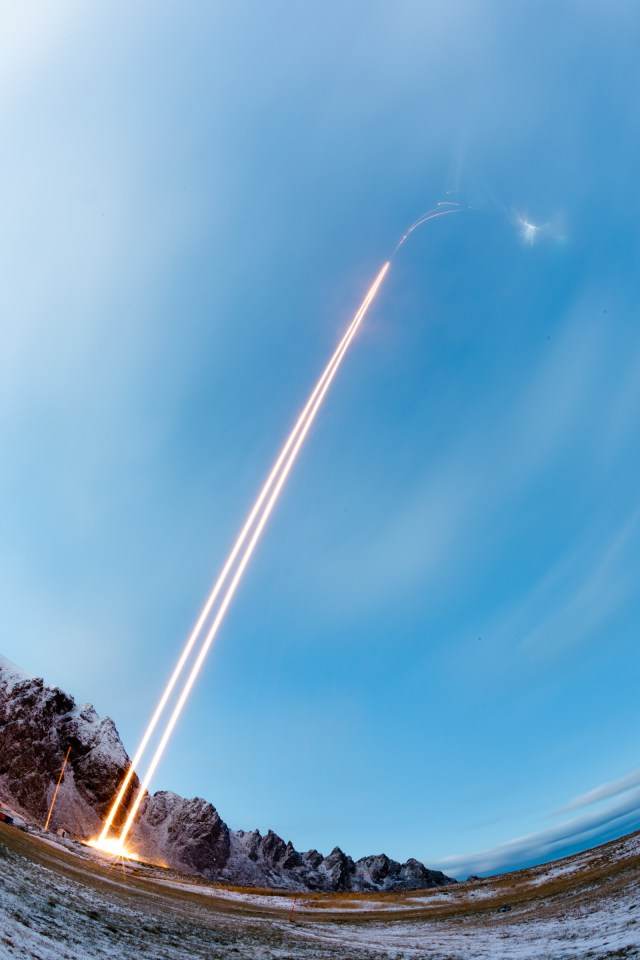Tag Archives: Discovers
Webb Discovers Exomoon-Forming Circumplanetary Disk around Gas-Giant Exoplanet
Astronomers using the NASA/ESA/CSA James Webb Space Telescope have found the carbon-rich disk surrounding CT Cha b, a giant exoplanet around 620 light-years away from Earth in the constellation of Chamaeleon. Their results provide the first direct insight into the chemical and physical properties of material being accreted onto a gas giant and into its potential moon system.An artistic rendering of a dust and gas disk encircling the young exoplanet CT Cha b. Image credit: NASA / ESA / CSA / STScI / G. Cugno, University of Zürich & NCCR PlanetS / S. Grant, Carnegie Institution for Science / J. Olmsted, STScI / L. Hustak, STScI.CT Cha, also known as PDS 44 and TIC 454259409, is only 2 million years old and still accreting circumstellar material.
However, the circumplanetary disk discovered by Webb is not part...
Webb Discovers Early Galaxy with Odd Light Signature
NASA Space Technology Astronomers using the NASA/ESA/CSA James Webb Space Telescope have spotted a galaxy with a never-before-seen light signature — indicating that its gas is outshining its stars. Found approximately one billion years after the Big Bang, this galaxy — labeled JADES-GS+53.12175-27.79763 (GS-NDG-9422 hereafter) — may be a missing-link phase of galactic evolution between the Universe’s first stars and familiar, well-established galaxies.Detailed information on the chemical makeup of GS-NDG-9422, captured by Webb’s NIRSpec (Near-Infrared Spectrograph) instrument, indicates that the light we see in this image is coming from the galaxy’s hot gas, rather than its stars. Image credit: NASA / ESA / CSA / STScI / A. Cameron, University of Oxford.“My first thought in looking at the galaxy’s spectrum was, ‘that’s weird,’ which is exactly what Webb was designed to reveal: totally new phenomena...
NASA Rocket Discovers New Energization Process in Upper Atmosphere
NASA Space Technology When it comes to discoveries about our upper atmosphere, it pays to know your surroundings.Using data from the Twin Rockets to Investigate Cusp Electrodynamics (TRICE-2) rocket launch, NASA scientist Francesca Di Mare and Gregory Howes from the University of Iowa studied waves traveling down Earth’s magnetic field lines into the polar atmosphere. These waves were known to accelerate electrons, which pick up speed as they “surf” along the electric field of the wave. But their effect on ions — a more heterogenous group of positively charged particles, which exist alongside electrons — was unknown.By estimating the ion mixture they were flying through — predominantly protons and singly-charged oxygen ions — the scientists discovered that these waves were accelerating protons as they circle about the Earth’s magnetic field lines as well as electrons...





